Public Article
{{start}}
{{end}}
{{+1}}BFR Modular fly reels{{-1}}
{{start}}
In about 2000 I was lucky enough to stumble onto BFR75 Modular reels and have been using them ever since. BFR stands for "British Fly Reels" but sice about 2004 these reels have been made in China. Progressivly over time I have added to my collection of these reels and I now have 9 separate reels in service. Each reel came with three modular spools and on top of that I have purchased a further 20 modular spools (they were as cheap as chips). Currently I have 32 different lines loaded on these modular spools and each is interchangeable on all 9 reels giving me fantastic flexibility.
I am still using my first English manufactured reels and the spools included in that first purchase. The subsequent 7 additional reels and extra spools that I have progressively purchased over the years with the last two in 2014 (that's right these reels and spools are still available unchanged from those I purchased in 2000) have been manufactured in China but are equal in quality and of course, not just the modular spools, all components of the English and Chinese manufactured reels reels are interchangeable.
These reels have all stood up to the wear and tear of more fresh and salt water fly fishing than most reels ever have the luck to endure. I have used them in my guiding business and they have been bumped, dropped and immersed repeatedly in saltwater and fresh water and still are a pleasure to use. As the name implies ie "BFR75" are designed for lines from #7 weight down to #5 weight. I use these reels for all my fly fishing from #8 weight down to #3 weight and in every case they are more than up to the task. They are ideal for my #3 weight 11 foot river fly rods as they balance out the weight of the longer rods making fishing "French" leader or "Czech" styles much easier and at the other end of the scale they still have arbors with a large circumference to carry #8 weight lines and over a 100 meters of backing. The drags on these reels do not apply much resistance but they are more than adequate. To this day I have never encounted a fish that I have not been able to handle witha combination of the drag and a little palming of the modular spool.
Each modular spool has an indented 10mm flat spots at each of the cardinal points where, using permanent marker, I identify the line weight (eg. #6 or #3 weight etc) and line type (eg "V" for type five sink or "F" for floating etc) and manufactures (eg. "SA" for Scientific Anglers or "R" for Rio) and finally a spool number (eg. 1 through to 32 currently so that I can account for all my lines)... avoids heaps of confusion.
{{end}}
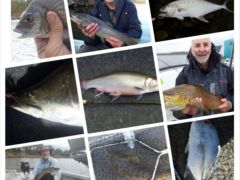
{{+1}}Trout – preparing for an extended trip{{-1}}
{{start}}
My travel/ backup fly fishing kit that will act as: A travel fishing kit that can stowed in my van or car to cover those situations when on the road we decide to have an un-programmed stop and a fishing opportunity presents itself. A backup when fishing from either of my boats or from other boats in fishing competitions{{end}}
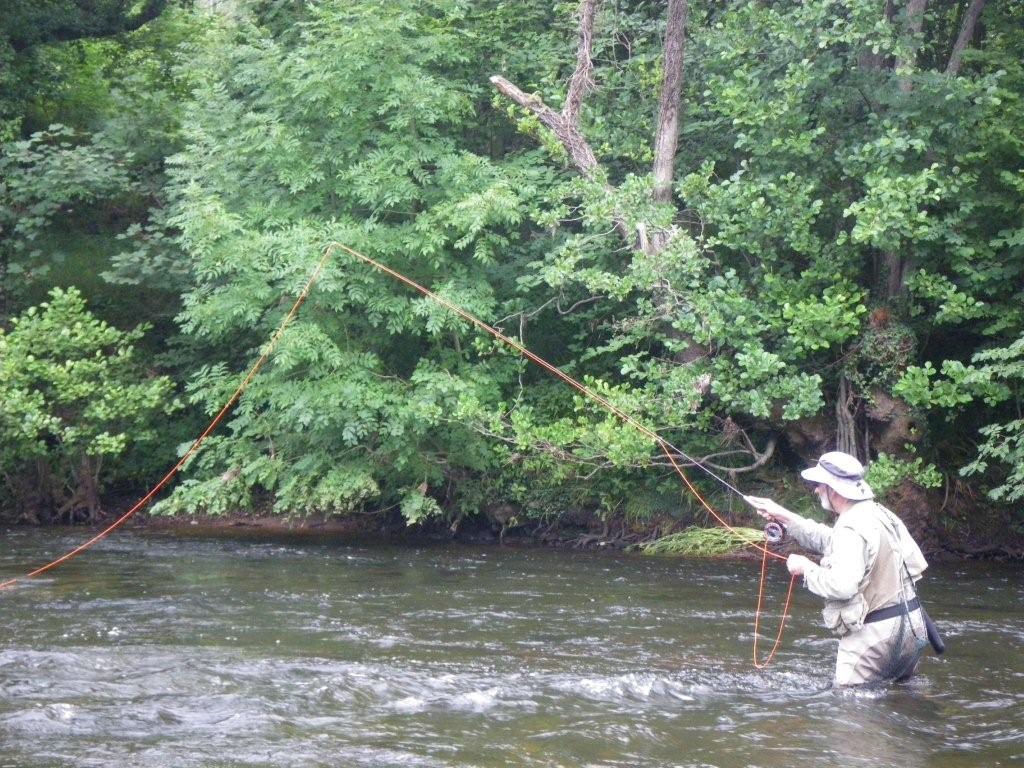
{{+1}}Oxygen in water … effect on fish{{-1}}
{{start}}
The amount of dissolved oxygen in water can have a significant effect on fish activity and well being and consequently from a fishing point of view its useful to understand why and when there may be more or less oxygen in water.{{end}}
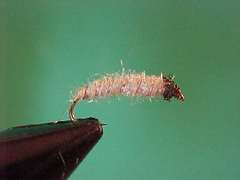
{{+1}}Speckles and spawners{{-1}}
{{start}}
Suddenly my line tightened. Snagged? The fish pulled and headed downwards. I said to Steve I didn’t think it was big. I worked the fish towards the surface. It was bigger than I first thought. Steve peered at the fish, the fish peered back, turned and headed down. I said to myself, that fish is thinking “not that Chatterton bloke again, I’m out of here!” By this time Steve had hold of the landing net, that’s optimism for you!{{end}}

{{+1}}Yabby feeders{{-1}}
{{start}}
Large populations of dark olive Yabbies of the Cherax Genus have developed in both Lake Jindabyne and Lake Eucumbene. Many anglers suggest that the Yabby has been responsible for changing the feeding habits of trout in the lakes as the populations of Yabbies have increased. In fact in both Lake Jindabyne and Lake Eucumbene you seldom catch a trout with a full stomach when the contents doesn't include yabbies.{{end}}
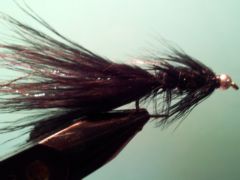
{{+1}}Getting started – trout wet flies{{-1}}
{{start}}
There are only really two types of flies dry flies and wet flies. A wet fly is any fly that is designed to be fished below the surface of the water. Dry flies fit into a number of logical categories.{{end}}
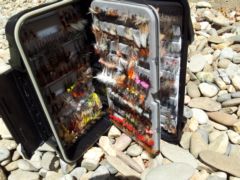
{{+1}}Getting Started – trout dry flies{{-1}}
{{start}}
There are only really two types of flies dry flies and wet flies. A dry fly is any fly that is designed to be fished on or in the surface film of the water. Dry flies can however be divided into a number of logical categories.{{end}}

{{+1}}Calculating trout weight from length and condition{{-1}}
{{start}}
As a result of fishing in competitions I have got used to measuring fish that I catch rather than weighing them. It's quick and simple and of course puts little extra stress on the fish so that is all good. The process of course does have its short comings in that you don't know how much the fish weighted. Well that's no longer the case because I have adopted a mathematical process called a 'power low equation to allow me to calculate the weight of fish from just one or two measurements.{{end}}

{{+1}}Wet weather fishing for trout{{-1}}
{{start}}
When the all the fair-weather fishermen are hiding under trees, in fishing huts or in their cars to keep dry, you will reap the rewards of some exciting fishing if you stay out in the rain. Just cast out your fly and let the rain drown it, just like what is happening to the real insects. Do not add any floatant. It is best to cast frequently as you will cover more water and I have found that the fly is normally taken just after it has broken the water surface.{{end}}
{{+1}}Rivers – my one rod set up in 2012{{-1}}
{{start}}
My compromise set up for rivers involves replacing the Camou leader from the French leader set up with a clear floating line and the long yellow indicator with a bright braided loop on the end of the fly line.{{end}}













